A TMJ disorder refers to the temporomandibular joint, it is also referred to as TMD. The temporomandibular joint is the joint that connects the lower jaw to the base of your skull. The joint has a section of cartilage that acts as a cushion between the skull and the jaw and helps the jaw to move as it should when you eat and speak. In approximately 16% of the population, this disc can become displaced, damaged, or injured, which will lead to pain and discomfort in this vital joint. Dr. James R. Luderitz, can help relieve the symptoms of TMD and will address the issues that contribute to it.
The Causes of TMD
TMD is primarily caused by stress on the cartilage of the jaw. This may be brought on by trauma to the jaw through an accident, sports injury, or it could be a byproduct of stress that may cause you to grind and clench your teeth, consciously, or subconsciously, as you sleep. This is a condition known as bruxism, which can be a side effect of sleep apnea.
What Are the Symptoms of TMD?
There are a variety of symptoms associated with TMD. They include:
- Headaches or earaches, including ringing in the ears
- Facial pain, including pain behind the eyes
- pain in the shoulders or the neck
- Pain or soreness in the jaws
- A “locked” jaw or problems with jaw movement
- Limited opening of the mouth
- Grinding or clicking of the jaw joints
- Problems swallowing
- Tooth pain
- Sensitive teeth
TMJ Solutions
There are a number of ways we can help reduce the stress on your jaws which will help alleviate the symptoms of TMD. Step one is to help you better understand the causes and symptoms of TMD, then we evaluate what you can do through exercises and relaxation techniques to manage the problem. Dr. Luderitz may also work with you by referring you to a physical therapist. In treating patients with TMD, this can help people increase the comfort and mobility of their joint. In some cases, medication can be used to treat TMD. Dr. Luderitz can also create a custom occlusal appliance, like “crutches for your jaw”, that you can wear to reduce loading of the jaw joints and provide a more stable position to allow healing of your joint.
Another treatment option that can help reduce pressure on this joint, and many times decrease the duration and intensity of headaches and associated tooth pain- is BOTOX®. While it is commonly associated with cosmetic procedures, it also has clinical uses, particularly when it comes to relieving the symptoms of certain medical conditions. Dr. Luderitz is certified in the use of BOTOX for the relief of your TMD symptoms.
If you have been struggling with TMD in Billings, Montana, or have been experiencing any of the symptoms, call Rubicon Care Network today at 406-248-7172 to schedule your consultation.





 406-248-7172
406-248-7172


